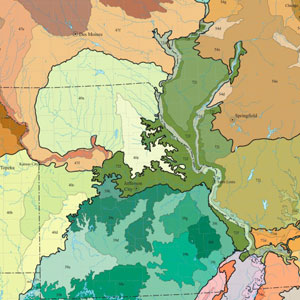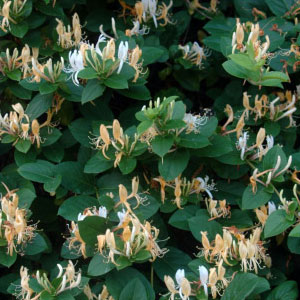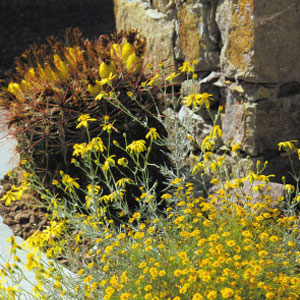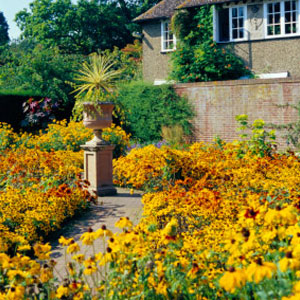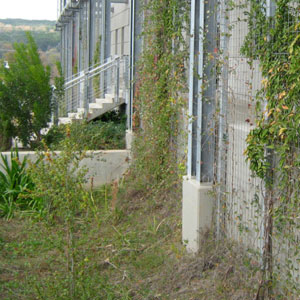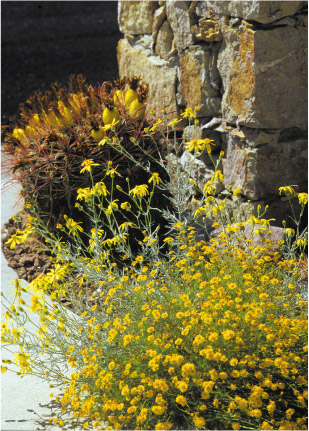
A xeric garden of native plants conserves water. Image credit: Andy and Sally Wasowski
Use Native and Adapted Plants
Native plants are defined as the species that exist in a region without human introduction. About 20,000 plant species are native to the United States, growing in an amazing range of habitats from the tropical rain forests of Hawaii to the deserts of Arizona. Unfortunately, native plants are disappearing at an alarming rate. Botanists are concerned about the survival of one in every five of this country’s native plants — and these plants provide critical habitat for countless other creatures. Fortunately, many native plants can play leading roles in our home landscapes.
Why native plants?
Native plants can add beauty to a garden, just as they do in natural landscapes. And the great variety of plants native to any region gives gardeners options that work well in any type of design. But they aren’t just pretty and place appropriate.
More benefits of native plants:
- Native plants that are well suited to site conditions do not require soil modifications or fertilizers and, once established, can thrive without regular watering. That reduces maintenance costs associated with irrigation, fertilizers and pesticides.
- Native plants are the foundation of the biodiversity that maintains our own life support systems. They nurture important pollinators like bees, butterflies and hummingbirds.
- Native plants create a distinctive sense of place, preserving the natural character of your region.
Which native plants should I include in my garden?
Growing natives can be as simple as adding a regionally native shrub or wildflower to an existing flowerbed or border or planting native trees that will make your home more energy efficient by providing summer shade or a barrier to winter winds. Or you can create a more extensive habitat — a prairie or woodland that re-establishes what once existed on the site. Even a tiny yard can include a patch of meadow or a woodland glade.
Native plants provide a variety of benefits, but they must be well-suited to the growing conditions of a site to be successful. Just because a plant is native doesn’t mean it will grow in any garden. As with all plants, gardeners should consider the soil type, pH, sun and shade requirements and watering needs of native vegetation before planting.
You might start by compiling a diverse list of plants native to the region that are attractive in garden settings and can be purchased at local nurseries. You will discover a variety of plant types — trees, shrubs and perennials — that grow in sunny, shady, wet and dry settings. This gives you a multitude of choices.
Find native plants.
Find plants native to your ecoregion in the following online databases:
Wildflower Center Native Plant Database
NWF Native Plant Finder
Should you consider adapted plants?
Adapted plants are not native and not invasive but are able to thrive in the local climate and soil conditions. Scout local nurseries for adapted plants that work well in your area.
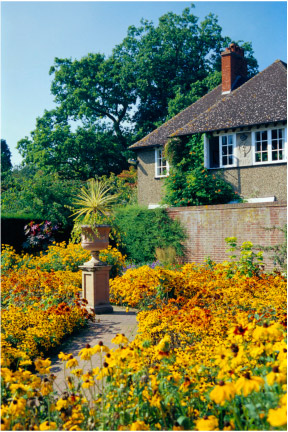
Black-eyed Susans make this residential garden both beautiful and sustainable. Image credit: Microsoft Images

